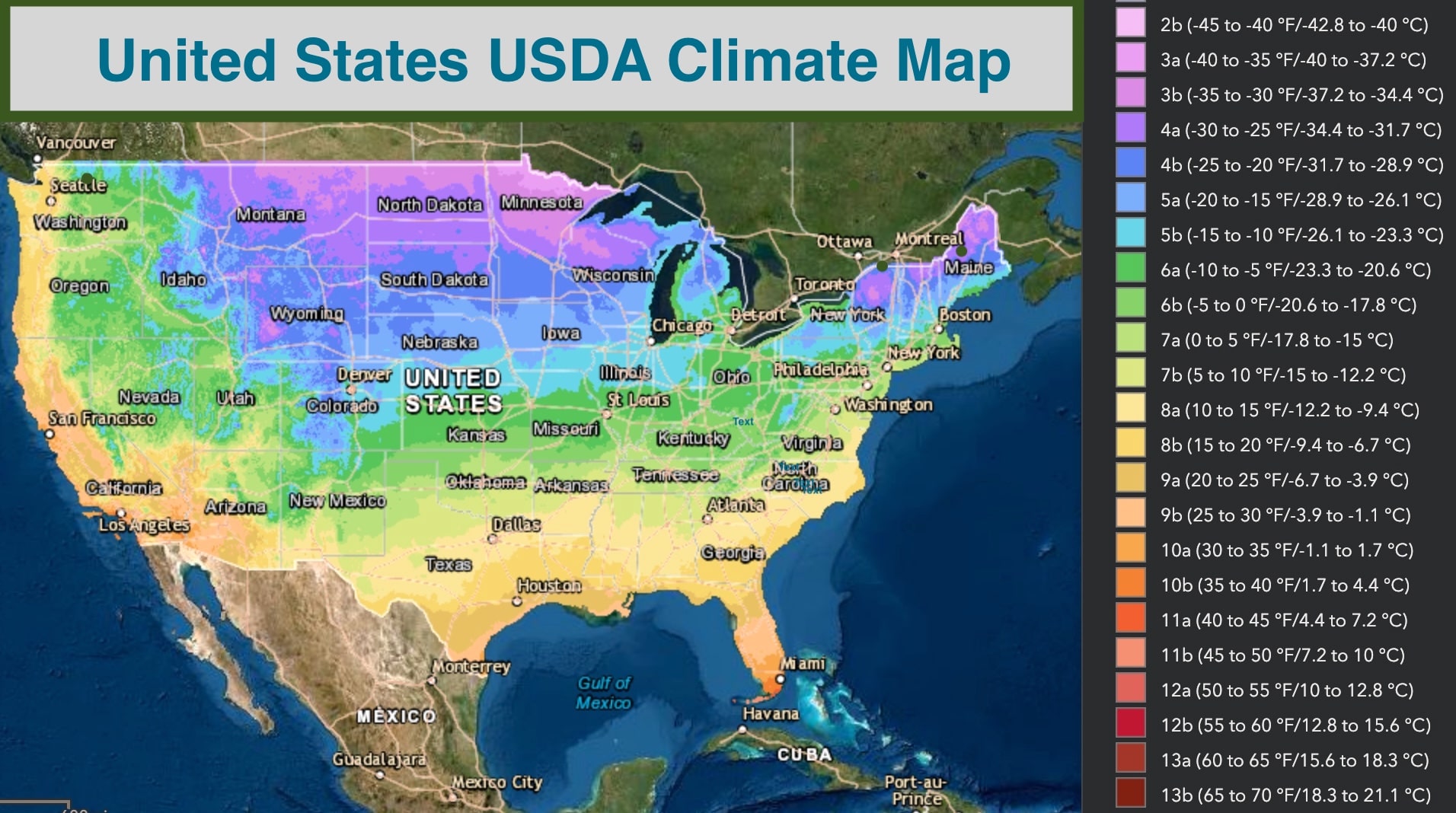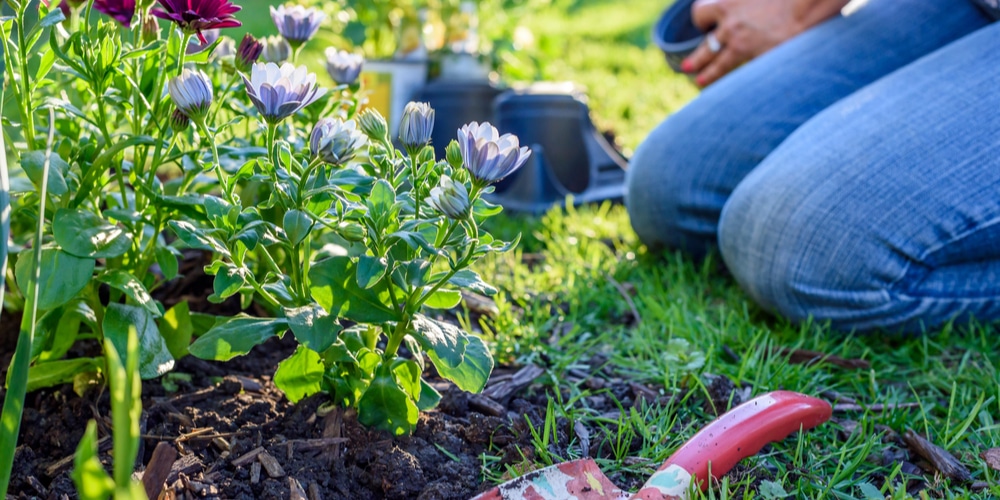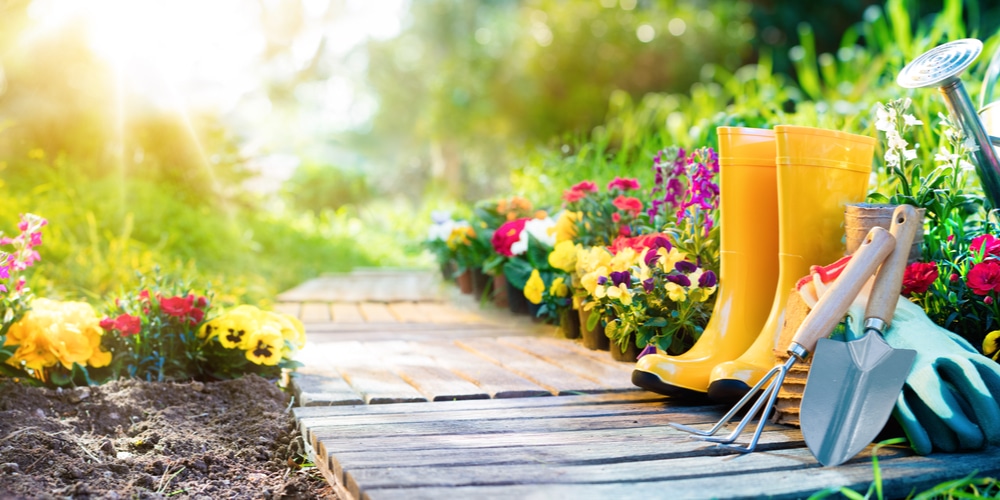Hardiness zones are extremely useful when deciding which plants will survive in a particular area. Thankfully, with the USDA plant hardiness map, figuring out growing zones is not the hardest thing, even for new gardeners. So, what growing zone is Pennsylvania? Well, Pennsylvania growing zones include 5a, 5b, 6a, 6b, 7a, and a small snippet of 7b.
If you live in Pennsylvania, you might be already aware that this state has a variety of climates due to its diverse landscape and geographic features. Even so, if your biggest concern is gardening, you will want to know what exact growing zone is the area where you live.
Read on to find more on Pennsylvania planting zones and other aspects related to the subject.
Understanding growing zones
Some plants will adapt to a variety of conditions, including soils types, soil pH levels, humidity differences, and watering fluctuations, but most plants will only tolerate a very specific range of chill in the winter. That said, growing zones are geographic areas defined as having a certain range of annual minimum temperature, a key factor in the survival of many plants. Planting zones, USDA hardiness zones, and hardiness zones are used interchangeably to refer to growing zones.
Before publishing the first recommended growing zone map in 1960, the United States Department of Agriculture (USDA) kept temperature records for decades. They used these data to come up with the growing zones. But why growing zones?
Growing zones help gardeners choose plants that are most likely to survive and thrive in local weather conditions, particularly during winter. No matter where you live, you should be able to find your hardiness zone without any challenges. Just go to the USDA plant hardiness zone map page and enter your zip code.
For Pennsylvania, a large percentage of the state’s growing zones are within the 5b to 7a range, with very small sections of 5a and 7b. If you are a new gardener and are having a hard time finding your hardiness zone on the Pennsylvania USDA plant hardiness map, consider visiting the USDA site and searching the zone you are in using zip code.
Pennsylvania growing zones
There is no guesswork when it comes to USDA growing zones. That said, Pennsylvania growing zones are:
5a: −20°F(−28.9°C) to −15°F(−26.1°C)
5b: −15°F(−26.1°C) to −10°F(−23.3 °C)
6a: −10°F(−23.3°C) to −5°F(−20.6°C)
6b: −5°F(−20.6°C) to 0°F(−17.8°C)
7a: 0°F(−17.8°C) to 5°F(−15°C)
7b: 5°F(−15°C) to 10°F(−12.2°C)
If you are a new gardener or have just purchased your first home and are considering planting some flowers or fruit trees, it is extremely important to know where you live on the Pennsylvania plant hardiness map, then pick plants that are suitable for your growing region.
Pennsylvania climate
Growing zones are incredibly useful in helping gardeners determine which plants and flowers could survive in the region. While this is one of the critical factors in the survival of many plants, there are many other equally important factors that you need to consider when picking the plants to grow. Among these is climate.
Generally, plants do well when planted in regions that mimic their native climates.
Pennsylvania has varying climates, with a large part of the state having a humid continental climate. The only exception is the southeast region which has a humid subtropical climate. Despite these differences, Pennsylvania receives rainfall throughout the year and experiences humid summers and relatively cold winters.
Summers are humid but longer and hotter in the southeast part than in other parts of entire Pennsylvania.
Depending on what you want to grow, you should be able to plant in the fall or spring with no significant issues. Just make sure to pick plants with a history of doing well in your region.
What growing zone is Pennsylvania: Conclusion
Knowing which Pennsylvania growing zone you are in is the first step in successfully establishing a thriving garden. If you are interested in gardening, the good news is that some plants, especially flowers, herbs, and shrubs, do well in a range of growing zones.
Hopefully, this post will be of great help to you when establishing your garden. Most plants in nurseries are labeled with a hardness range, so don’t forget to check before buying.


